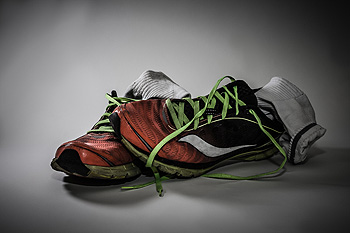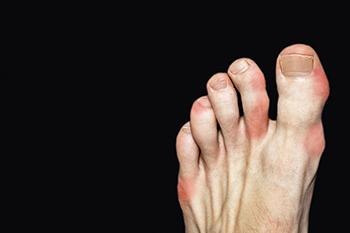Many older adults think that falls are rare and won’t happen to them, so they don’t need to take steps to reduce the risk of falling. This isn’t true, as falls are very common. Falls are one of the leading causes of serious injuries and disabilities among older adults. Not only does falling affect one’s physical health, but it can also cause psychological harm. An older adult who has fallen may lose confidence in their abilities to get around and live independently. They may feel that the only ways to prevent falling are to avoid physical activities and stay in the house when this can in fact be counterproductive.
Though staying in the house can be tempting for an adult that is afraid of falling, it’s worthwhile to note that over 50% of all falls occur in the home. A better way to prevent falls is to take steps to make your home safer. Remove tripping hazards, like loose cables, slippery rugs, and low furniture from the home. Install good quality lighting that will allow you to see where you are walking. In the bathrooms, use a non-slip bath mat and install grab bars in the shower to avoid slipping. When you do leave the house, don’t be ashamed to use a mobility aid, such as a cane, if necessary.
Reducing the risk of falling continues with taking care of one’s physical health. Exercising regularly and incorporating exercises that stretch and strengthen the lower limbs is important for maintaining mobility. Vision care is another key element of falls prevention, as people with vision impairment are more than twice as likely to fall than those who don’t have vision problems. Being able to clearly see where you are going and if there are any tripping hazards in your way will help prevent falls. Managing your medications can help prevent falls. Certain medications cause side effects that impair balance, leading to falls. You should talk to your doctors about the medications that you are currently taking, their side effects, and any ways that they may interact with one another. Finally, regularly seeing a chiropodist can help maintain your foot health and mobility. A chiropodist can not only treat any existing foot problems, which can contribute to falling, but also help you prevent future issues.






